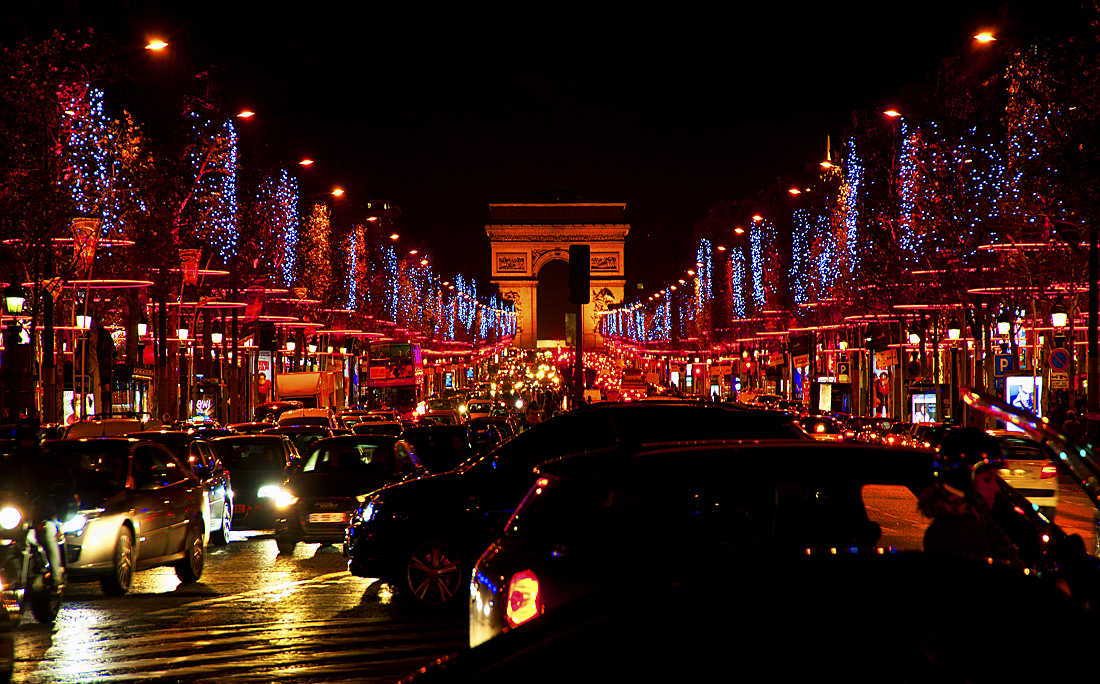“Woman Ironing” Story
“HEIRS OF GERMAN COUPLE WHO FLED NAZIS SUE GUGGENHEIM FOR PICASSO.“
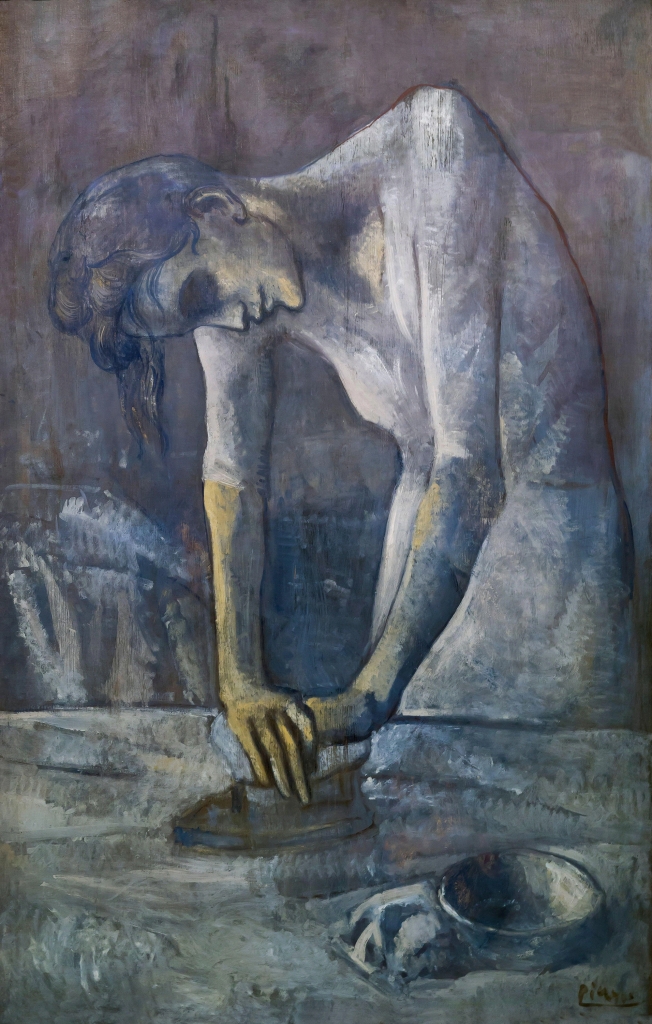
A Pablo Picasso painting valued today at up to $200 million was sold for a song by a Jewish couple desperate to flee the Nazis in 1938 — and now the heirs want it back from the Solomon R. Guggenheim Foundation.
The 1904 piece called “Woman Ironing” (La repasseuse) was gifted to the Guggenheim decades ago by the art dealer who paid a desperate Karl and Rosi Adler a measly $1,552 for it as they escaped the Holocaust, according to a Manhattan Supreme Court lawsuit filed Friday.
“Adler would not have disposed of the painting at the time and price that he did, but for the Nazi persecution to which he and his family had been, and would continue to be, subjected,” argue five of the couple’s present-day heirs, some of whom are great grandchildren.
“The painting is currently in the wrongful possession of the Guggenheim” and the foundation has refused to give it up, the relatives charge in the legal papers, which demand either the painting or its estimated $100 million to $200 million value.
Karl Adler, a married father of three, was chairman of the board of directors for Europe’s largest leather manufacturer when Adolf Hitler and the Nazis came to power.
He’d purchased “Woman Ironing” in 1916, from then-prestigious Munich gallery owner Heinrich Thannhauser.
“In 1933, the establishment of the Nazi regime in Germany shattered their lives,” the heirs contend in the court papers, recounting how Hitler swiftly enacted and enforced laws designed to strip Jews of their assets, and ruin their social and business lives.
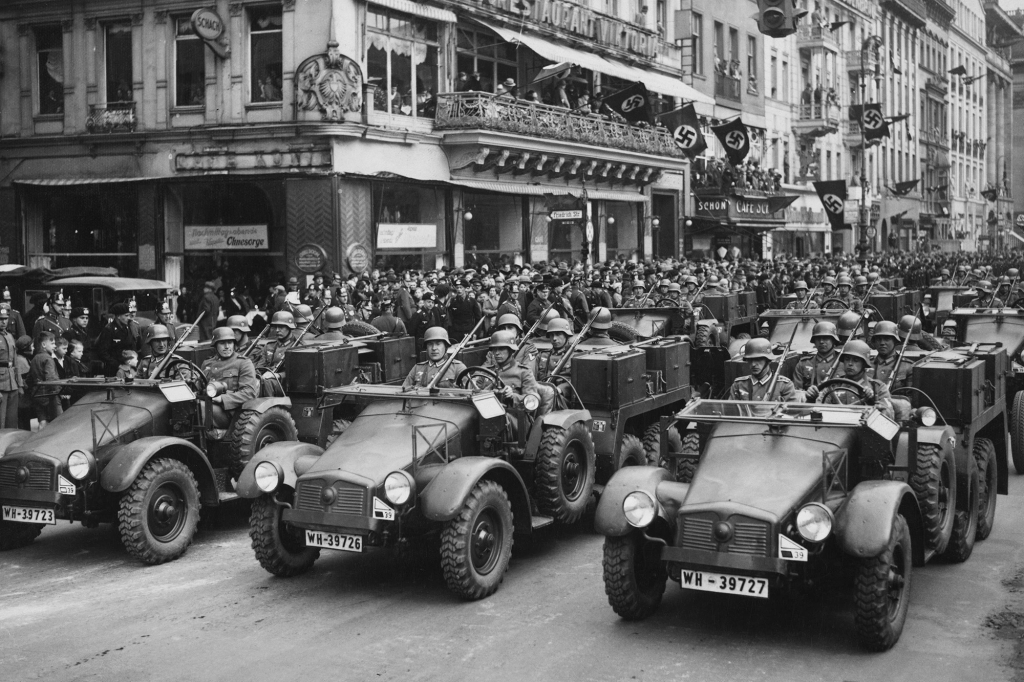
Adler initially explored selling the Picasso to raise cash for an escape, at the time looking for $14,000, according to the lawsuit. That amount would have been equal to about $300,000 today.
He didn’t sell, and by 1937, Jews in Germany, including Adler, were stripped of their jobs by the Nazis. The family fled the country in June 1938 but instead of going directly to Argentina as planned, they were forced to bounce around Europe while paying Nazi “flight taxes” and buying pricey short-term visas. In 1940 when they were finally able to get to South America.
“The Adlers needed large amounts of cash just to obtain short-term visas during their exile in Europe. Unable to work, on the run, and not knowing what the future would hold for them, the Adlers had to liquidate what they could to quickly raise as much cash as possible,” according to court papers.
That meant finally selling the Picasso to Heinrich Thannhauser’s son, Justin, in October 1938, for $1,552 — about $32,000 in today’s dollars.
“Thannhauser was buying comparable masterpieces from other German Jews who were fleeing from Germany and profiting from their misfortune. Thannhauser was well aware of the plight of Adler and his family, and that, absent Nazi persecution, Adler would never have sold the painting when he did at such a price,” the heirs allege in the legal filing.
“Had Karl and Rosi not fled when they did, they would have undoubtedly suffered a much more tragic fate at the hands of the Nazis,” according to the lawsuit.
Rosi Adler died in 1946 in Buenos Aires at age 68, while an 85-year-old Karl died in 1957 during a visit to his homeland. Neither Karl nor his kids realized they could make a claim for the painting “which they mistakenly believed had been lawfully acquired by Thannhauser,” the heirs argued.
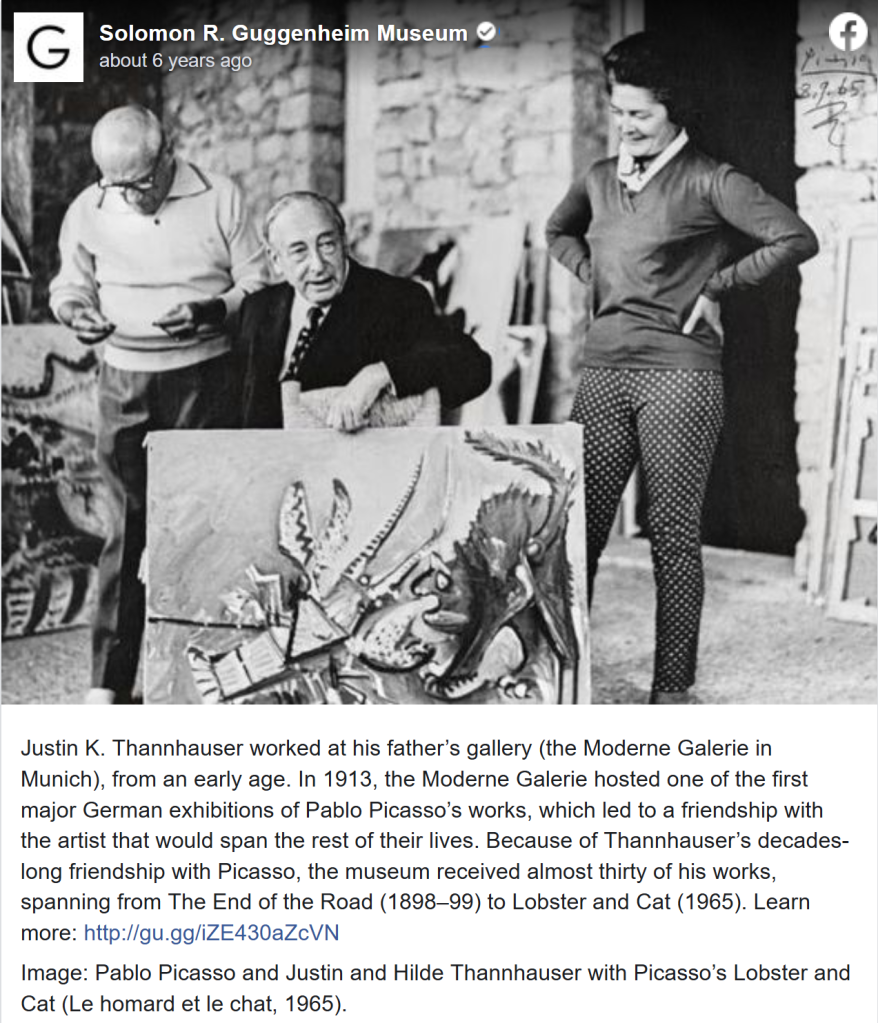
The great-grandchildren, including California lawyer Thomas Bennigson, and about 10 nonprofits named in the will of one of Adler’s children, are part of the lawsuit, which cites the Holocaust Expropriated Art Recovery Act of 2016 as grounds for the artwork’s return.
It’s not the first time Bennigson has pursued his family’s stolen artwork. In 2009, he won a $6.5 million settlement from a Chicago collector who ended up with Picasso’s 1922 painting “Femme en blanc” (Woman in White), which once belonged to his mother, Carlota — Karl and Rosi’s daughter.
Thannhauser later emigrated to New York and eventually gifted his art collection, including “Woman Ironing,” to the Guggenheim upon his death in 1976.
The Adler family first contacted the Guggenheim about “Woman Ironing” in 2017, but the institution refused to return the “unique and irreplacable” painting, they contend.
“It is inequitable and against good conscience for [the Guggenheim] to continue to benefit from retention of the painting without payment,” according to the lawsuit.
The Guggenheim dismissed the claim as being “without merit” and said it takes restitution matters “extremely seriously.” The museum, which said it discussed the allegations with the heirs’ lawyers for several years, said it had conducted “extensive research” on the painting, and contacted Karl Adler’s son, Eric, in the 1970s to ascertain the provenance. Eric Adler raised no red flags at the time, the foundation noted.
“The action filed yesterday does not concern a painting that was stolen or seized by Nazi authorities,” the museum’s statement continued. “Rather, the painting at issue was sold by Karl Adler, a German Jew with extensive international business holdings, to Justin Thannhauser, a prominent Jewish art dealer, in late 1938 or early 1939.”
By Kathianne Boniello,
“New York Post”
January 21, 2023
.
* * *

The New York Times reported in 1978 that Woman Ironing was given to the Guggenheim alongside van Gogh’s Mountains at Saint‐Remy, Manet’s Woman Before a Mirror and two paintings by Renoir.
The piece makes reference to Woman Ironing being displayed in Munich in 1913 in what was the first public retrospective of Picasso’s work.
The article also refers to Thannhauser collecting artwork around the time of the Nazi’s rise as his ‘heroic period.’
The painting was significantly damaged in 1952 while it was temporarily on display in Paris when a thief attempted to cut it out of its frame. He didn’t get the painting but the canvas needed lengthy repairs.
In 2009, a similar claim was made against the New York museums regarding the Picasso works Boy Leading a Horse and Le Moulin de la Galette, both of which were once owned by Thannhauser and whose original owners wanted returned.
Ultimately, an agreement was reached to allow Boy Leading to Horse to remain at the Museum of Modern Art and Le Moulin de la Galette to remain at the Guggenheim.
In the past, courts have ordered the return of Nazi-looted art to the heirs of former Jewish owners.
By Paul Farrell For Dailymail.Com
.
.
.
.




















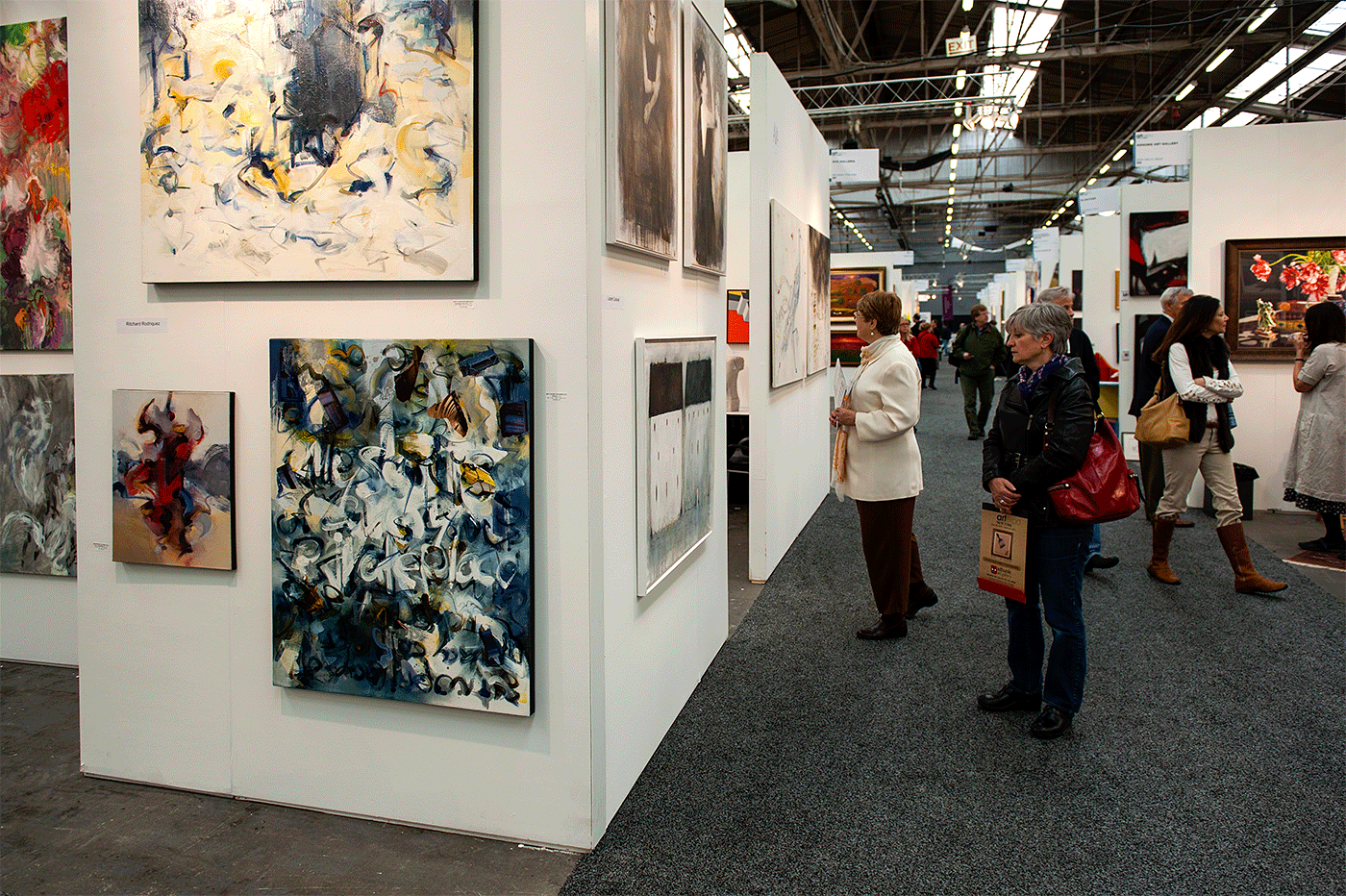


































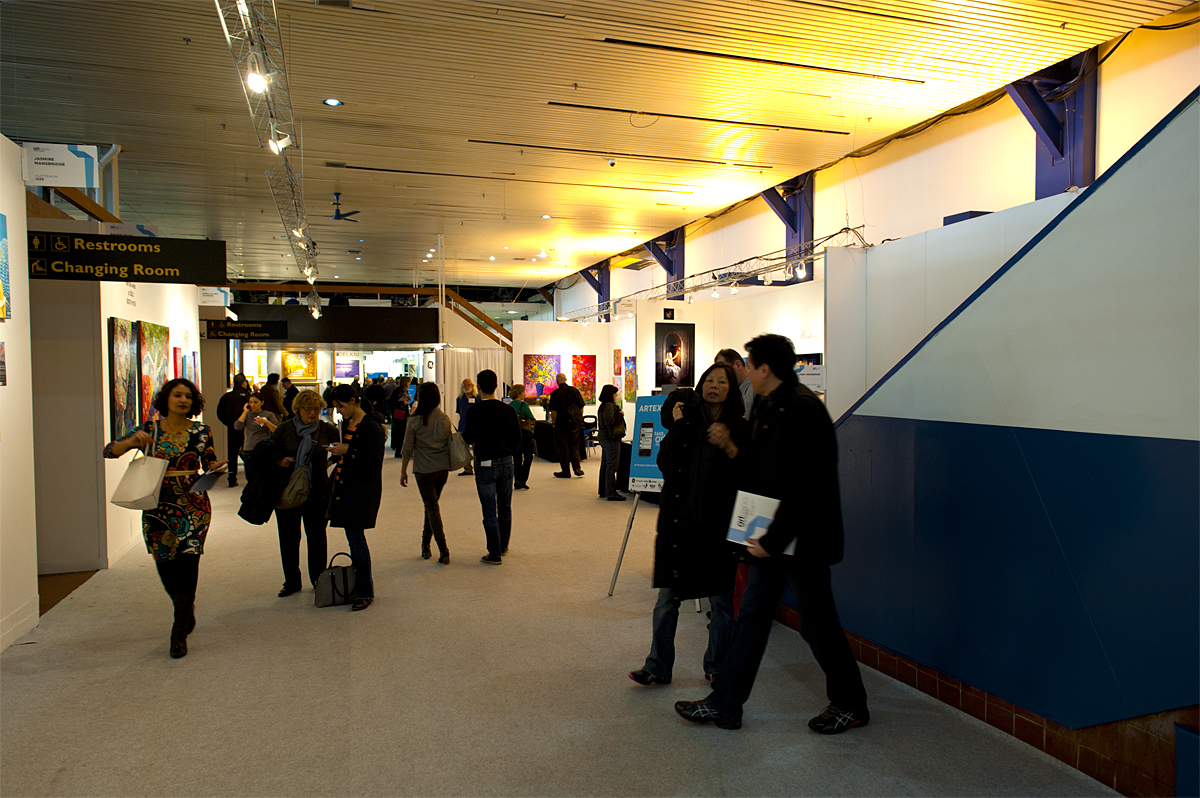

















































 “Pudeur exquise” by Jack Brisset (France)
“Pudeur exquise” by Jack Brisset (France)





